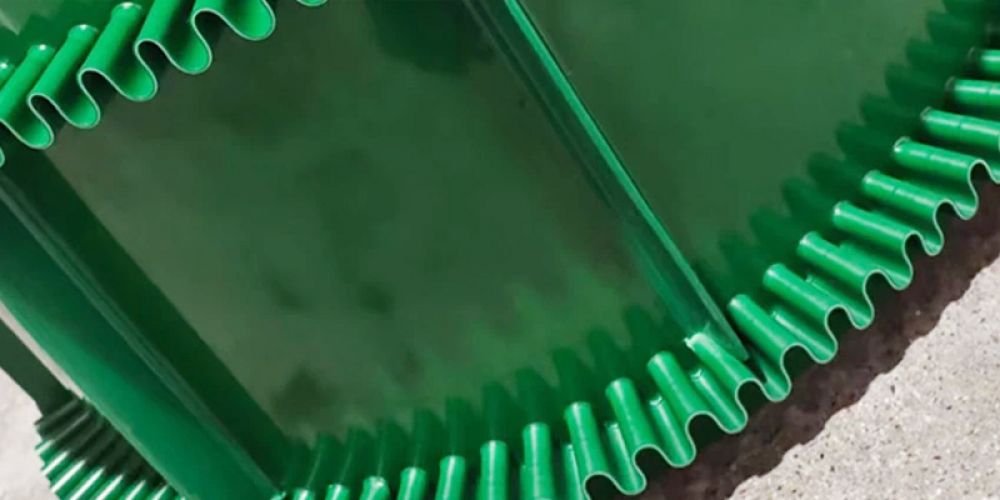
Industrial belts are made of various materials, each with its own unique characteristics and application scenarios. The following are common industrial belt materials and their characteristics:
*Features: The rubber belt has good flexibility and wear resistance and can adapt to various complex working environments. In addition, the rubber material also has excellent toughness and high temperature resistance.
*Application: Widely used in conveying equipment in electric power, metallurgy, chemical industry and other industries, such as coal conveyor belts, mining conveyor belts, etc. According to different needs, rubber belts can also be subdivided into oil-resistant, acid-alkali-resistant and other special-purpose conveyor belts.
*Features: Polyurethane belts have high strength, wear resistance, and good oil resistance and chemical resistance.
*Application: Especially suitable for harsh environments such as high load, high-speed transmission and chemical industry.
*Features: Polyester belts are compounded of polyester fiber fabric and rubber and have the characteristics of high strength, wear resistance, and corrosion resistance. The wear resistance is particularly outstanding, which can significantly extend the service life and reduce maintenance costs.
*Application: Suitable for long-distance transportation tasks in harsh environments such as mines and ports, and can withstand large tension and impact forces. It also has excellent performance in high-speed transmission systems in the textile, light industry and food processing industries.
*Features: The nylon belt is made of nylon fabric and rubber composite. It is lightweight, high-strength, wear-resistant and impact-resistant, and also has good water and heat resistance.
*Application: Suitable for medium and long-distance transportation in coal mines, building materials and other industries, and can maintain stable performance under harsh working conditions. It is also widely used in transmission and positioning systems in the electronics, machinery and chemical industries.
*Neoprene: It has excellent weather resistance, ozone resistance and oil resistance, and is suitable for transmission occasions with special requirements.
*Silicone rubber: It has high temperature stability and chemical corrosion resistance, and is suitable for transmission tasks in high temperature environments.
*Metal mesh belt: It is woven from metal wire and has the characteristics of high temperature and corrosion resistance. It is especially suitable for sintering furnaces, coke ovens and other equipment in high temperature environments.
When choosing industrial belt materials, you need to consider the following factors:
*Working environment: including temperature, humidity, corrosive substances, etc. These factors will affect the performance and life of the belt.
*Load requirements: The load capacity of the belt should match the needs of the transmission system to ensure the stability and reliability of the transmission.
*Wear resistance: According to the operating time and frequency of the transmission system, select a belt material with appropriate wear resistance.
*Cost: On the premise of ensuring performance, consider the cost-effectiveness of the material and choose a belt material with high cost performance.
The material selection of industrial belts should be determined based on specific application scenarios and needs. By rationally selecting materials, the performance and stability of the transmission system can be significantly improved and the service life of the equipment can be extended.